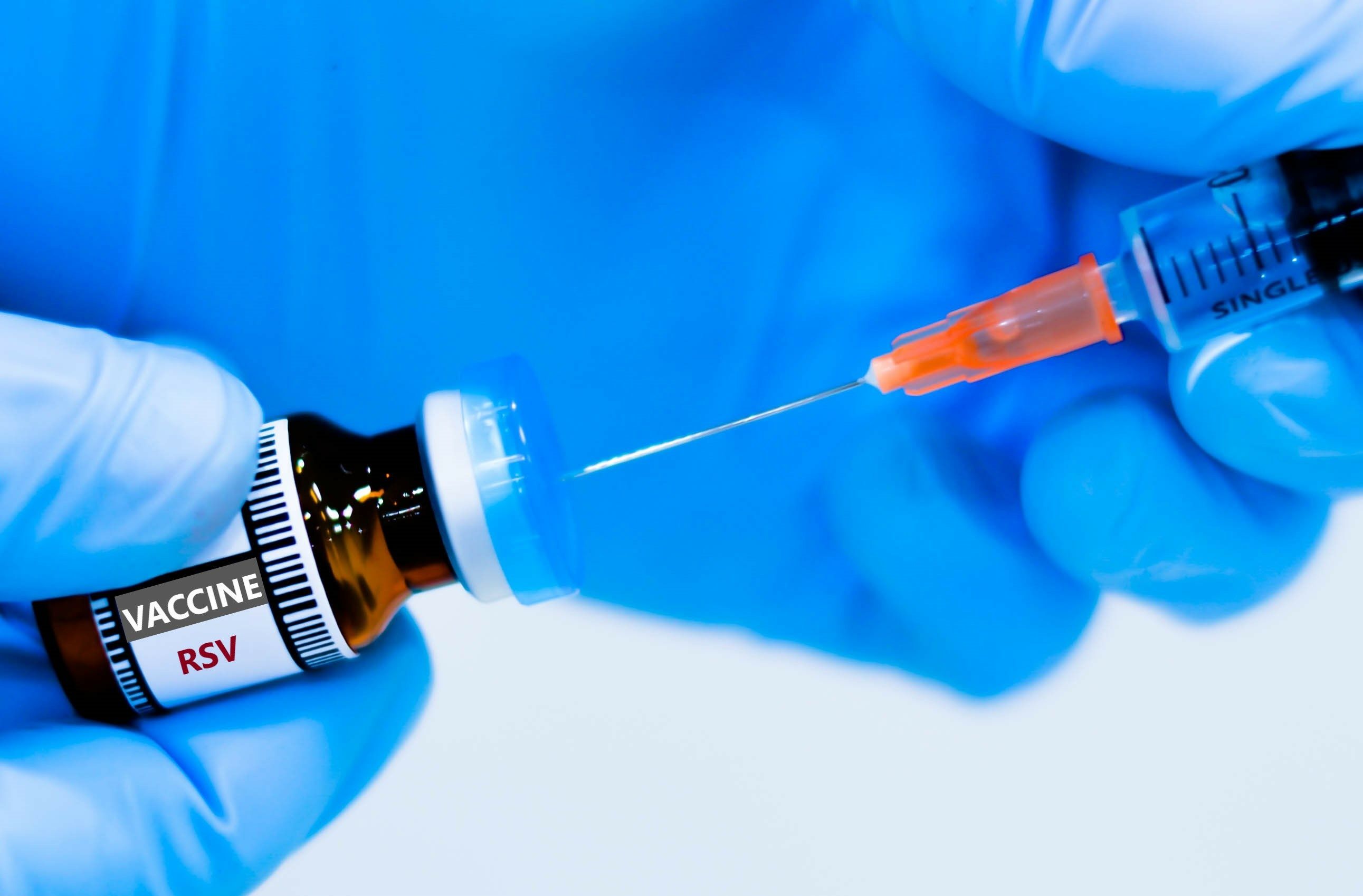Article
FDA Officials Advance Sunscreen Regulations
Officials with the US FDA this week issued a proposed rule that would update regulatory requirements for most sunscreen products in the United States that aims to bring nonprescription, over-the-counter (OTC) sunscreens that are marketed without FDA-approved applications up to date with the latest science, according to a press release from the Administration.
Among its provisions, the proposal addresses sunscreen active ingredient safety, dosage forms, and sun protection factor (SPF) and broad-spectrum requirements. It also proposes updates to how products are labeled to make it easier for consumers to identify key product information.
The agency is issuing this proposed rule to put into effect final monograph regulations for OTC sunscreen drug products as required by the Sunscreen Innovation Act. OTC monographs establish conditions under which the FDA permits certain OTC drugs to be marketed without approved new drug applications because they are generally recognized as safe and effective (GRASE) and not misbranded. Over the last 20 years, new scientific evidence has helped to shape the FDA’s perspective on the conditions, including active ingredients and dosage forms, under which sunscreens could be considered GRASE.
In the proposed rule, the FDA makes the following proposals for sunscreens marketed without FDA-approved applications:
- Of the 16 currently marketed active ingredients, 2 ingredients—zinc oxide and titanium dioxide–are GRASE for use in sunscreens; 2 ingredients–PABA and trolamine salicylate–are not GRASE for use in sunscreens due to safety issues. There are 12 ingredients for which there are insufficient safety data to make a positive GRASE determination at this time. To address these 12 ingredients, the FDA is asking industry and other interested parties for additional data.
- Recommends that dosage forms that are GRASE for use as sunscreens include sprays, oils, lotions, creams, gels, butters, pastes, ointments and sticks. Powders are proposed to be eligible for inclusion in the monograph, but additional data are requested before powders can be included. Wipes, towelettes, body washes, shampoos and other dosage forms are proposed to be categorized as new drugs because the FDA has not received data showing they are eligible for monograph inclusion.
- Raises the maximum proposed SPF value on sunscreen labels from SPF 50+ to SPF 60+.
- Requires sunscreens with an SPF value of 15 or higher to also provide broad spectrum protection and that, for broad-spectrum products, as SPF increases, the magnitude of protection against UVA radiation also increases.
- Proposes label requirements to assist consumers in more easily identifying key information, including the addition of the active ingredients on the front of the package to bring sunscreen in line with other OTC drugs; a notification on the front label for consumers to read the skin cancer/skin aging alert for sunscreens that have not been shown to help prevent skin cancer; and revised formats for SPF, broad spectrum and water resistance statements.
- Proposes to clarify FDA’s expectations for testing and record keeping by entities that conduct sunscreen testing to ensure that the FDA can assess industry compliance with regulations.
- Proposes that products that combine sunscreens with insect repellents are not GRASE.
The FDA is seeking public comment on the proposed rule and will consider comments provided as the agency works towards developing a final rule.





